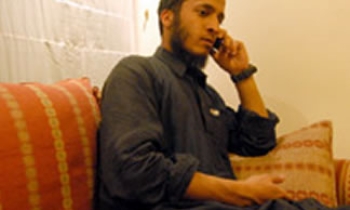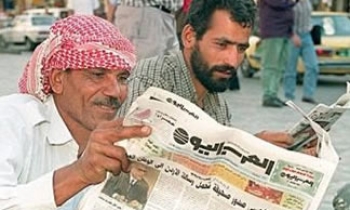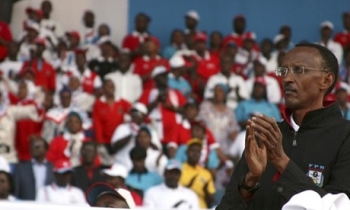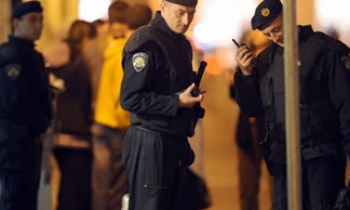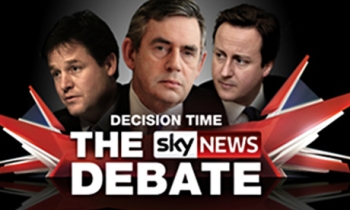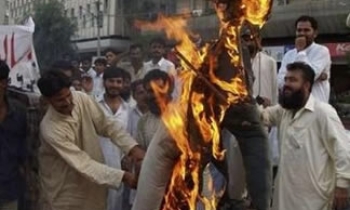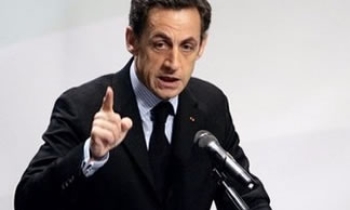DESPITE the outcry, the Danish cartoons of Muhammad are just the latest in a long line of depictions of the Muslim prophet, both in the West and in Islamic countries. From Ottoman religious icons to market stalls in Iran, from the US Supreme Court building to the South Park cartoon, Muhammad has been frequently portrayed in flattering and unflattering lights.
Many painters, including William Blake, Gustave Doré, Auguste Rodin and Salvador Dalí, have depicted Muhammad in illustrations of Dante’s Inferno, where the Muslim prophet ends up in Hell with his entrails hanging out.
Depictions of Muhammad were common during the Ottoman Empire, when the taboo on portraying him was less strong, although often his face was left blank. The Boston Museum of Fine Arts has a 16th-century picture of Muhammad in a mosque, wearing long sleeves to hide his arms and hands. A 14th-century Persian miniature shows the angel Gabriel speaking to Muhammad, whose face is shown.
Medieval Islamic pictures often echo Christian iconography. The University of California has a 14th-century Turkish painting of Muhammad in his mother’s arms, just as there are pictures of the Virgin Mary holding the infant Christ.
The taboo is stronger in Sunni Islam than Shia and even today in Iran, which is mainly Shia, pictures of Muhammad can been bought illegally in markets.
Even in the holiest Muslim city of Mecca, Muhammad has been depicted. Edinburgh University has a 14th-century miniature of him rededicating the black stone at Kaaba holy place in Mecca to illustrate a History of the World by Rashid al-Din.
In Islam, as in other religions, different communities will place different interpretations on the hadith, the sayings of the Prophet, which deal with depictions of him.
Muhammad is recorded in the hadith, one of the four arms of Sharia, or Islamic law, as having said: "And who is more unjust than those who try to create the likeness of My creation?" He also said: "Angels do not enter a house in which there is a dog or a picture."
Taken with the Koran’s injunctions on respect for the Prophet, these sayings mean, in strict Islamic interpretation, that any representation of any living thing is forbidden. Essential illustrations in academic textbooks might, for example, show a cow but with the head missing.
Technically, the rulings also forbid photographs of family members in the home, video cameras and mobile picture phones. The rulings remain the subject of intense debate in Islamic scholarly circles.
Just as many young British Muslims photograph their friends and family on their mobile phones, so the Prophet has appeared in art throughout the centuries, most often in cultures where it was a mark of respect to hang pictures of a reigning monarch or other leader in homes and galleries.
Imam Ibrahim Mogra, of the Muslim Council of Britain, said: "This would happen where the hadith prohibiting it might be overlooked, or merely interpreted differently. For example, some scholars might argue that the intention of the hadith was to prevent worship of the image and that it was permissible to have an image where the aim was not to worship but to show respect."
He said that the debate continued in Muslim families today. "Some are very strict about it and will not have photographs taken except for official documents such as a driving licence or a passport.
"Others will say it is OK to have photographs taken because they do not intend to worship the pictures. In this country, most people take a relaxed view about photographs."
Among modern depictions, the US Supreme Court in Washington has a stone frieze of Muhammad as an example of an ancient lawmaker. Muhammad was put to less serious use by a German food company in 1928, which used him for advertising bouillon.
In the past 20 years, many books on Islam in France have shown pictures of Muhammad, even on their cover, in a more sympathetic light.
In 2001, the satirical television cartoon South Park included an episode called Super Best Friends in which Muhammad and the founders of the other world religions acted as superheroes. Although not deliberately blasphemous, there can be few portrayals of Muhammad less respectful than this all-singing, all-dancing version.

